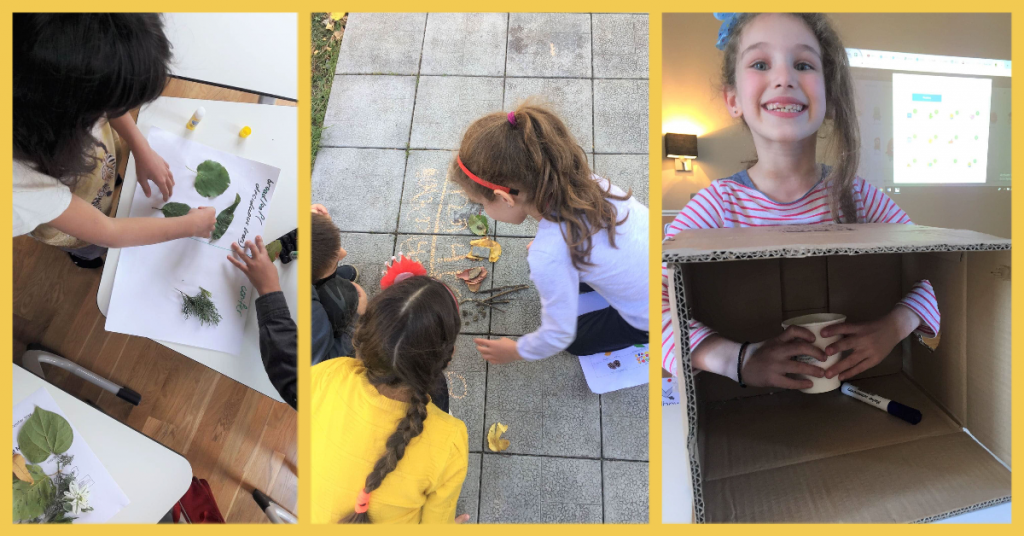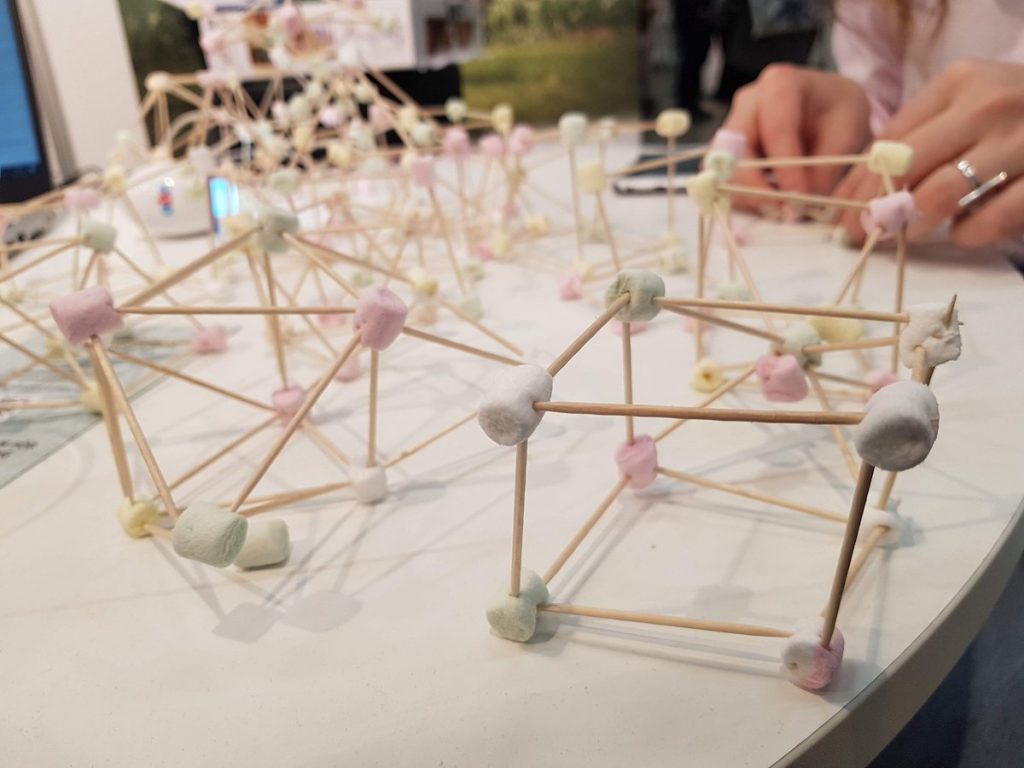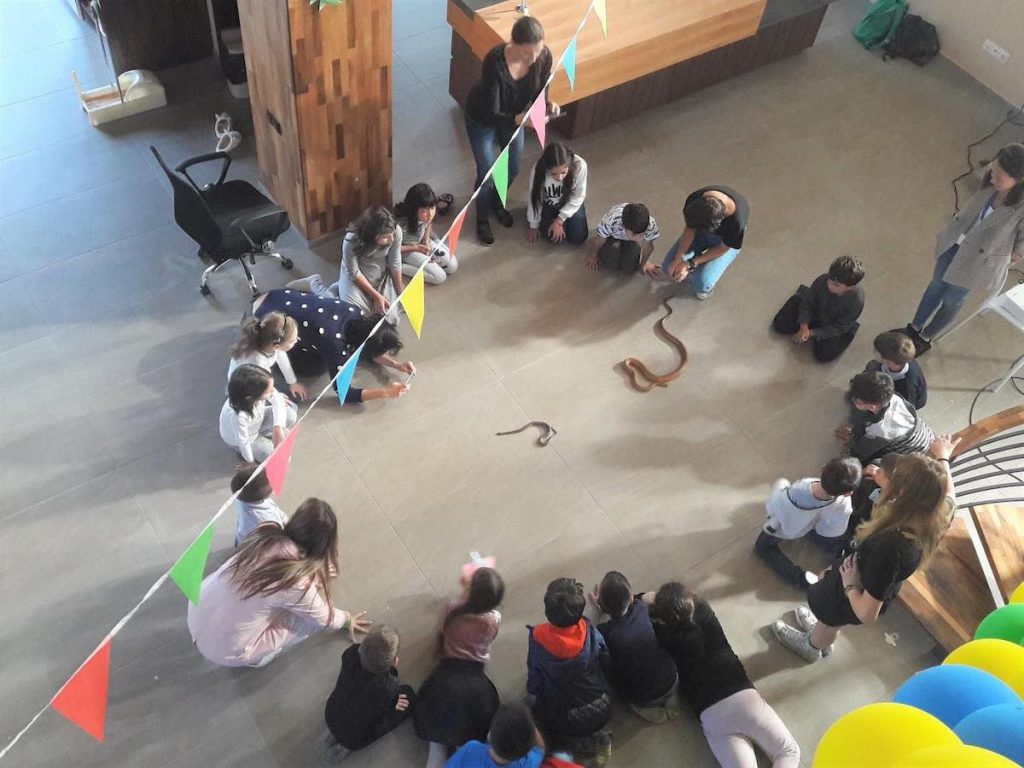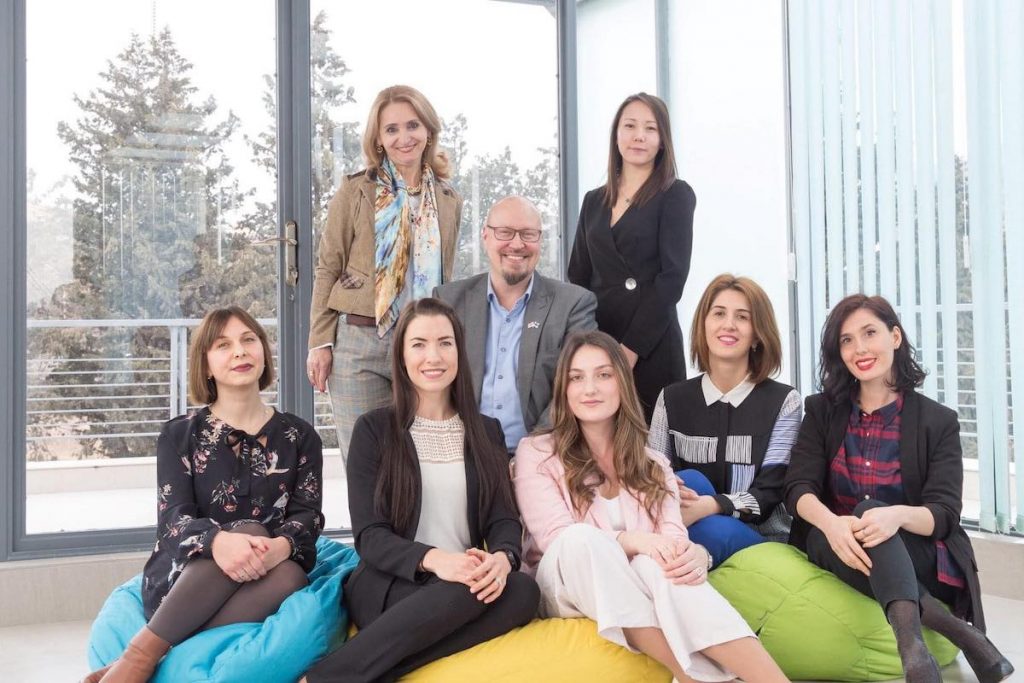Equality, Freedom, Happiness: Foundations of the World’s Number One School System—the Finnish School
What sparked global interest in the Finnish education system was top ranking of young learners from this small country among the PISA international ratings.
Since then, the Finnish educational paradigm has been feted and studied worldwide, with numerous states attempting to uncover the secret of its success.
As a matter of fact, as Finns themselves tend to claim, the school concept is quite simple—children must have the opportunity to enjoy their childhood and be happy. What they should be learning at schools is not a specific discipline per se, but rather the very passion for learning and enlightenment.
The entire educational process is based specifically on this formula.
Truth be told, the formula is certainly working—children from Finland continue to show unrivaled success throughout Europe and the rest of the world, demonstrating considerably greater success rate than much wealthier and larger nations that spend much more on education.
What has determined Finland’s success and what are the key factors that distinguish Finnish schools from the rest?
JAMnews has attempted to answer these questions in collaboration with the Finnish International School—the only school in Georgia that happens to be based on the Finnish educational paradigm.
Every child is equal yet different
Equality is one of the fundamental principles of the Finnish school.
There is no weak or strong child here—all of them are equals. Here, teachers never let anybody think that they are lagging behind in any way.
Moreover, Finnish schooling is always customized to specific needs of each child. For instance, children with both special needs and outstanding aptitude for, say, math or music always receive individual attention and personalized curricula. The Finnish educational paradigm aims to allow each child to develop their abilities to the fullest.

Here, each subject is equally important—math is never more critical than art.
And, most importantly, equality of the teacher and the learner is key.
There are no grades at Finnish schools
To be more precise, grades are close to none—nobody in primary school ever gets a grade.
The sole purpose of evaluation at the preliminary stage of school education is to encourage development. At this point, children only receive comments from their teachers and fellow classmates regarding their strengths and traits that may require further work, rather than standard grades.
Later on, performance of young learners is assessed using a 10-point grading scale. However, the approach is completely different: only the learner knows his/her grade, which is never share with the rest of the class or their parents.
Here, grades serve the sole purpose of motivating the learner to improve their knowledge and to really understand their errors and know what they should take towards improvement.
Competition is sky-high at Finnish schools—but with oneself, rather than others. It is specifically this form of self-competition that the system intends to fuel, as children constantly strive to improve their results and, thus, become better versions of themselves.
Ample freedom
There are no rules about school attire or, say, posture: children are never forced to sit at the desk throughout class time. They are free to sit, say, on the floor to listen to the teacher.
Oftentimes, children do not even wear shoes and are free to walk around in socks, whereas during summertime, in case of good weather, lessons tend to be conducted outdoors.

In general, Finnish classes do not follow a traditional model, which would require the child to sit still on a chair for 45 minutes. Here, classes are based on play-time and interaction.
Finns believe that nobody has the right to take away someone’s childhood and the right to play, which is why the latter is an inseparable part of the learning process.
Homework is different from exams
It is widely believed that there is no homework in Finnish schools, but that is not true.
Primary school children do, in fact, get much less homework than customary in other countries, as Finns believe that children must be allowed to rest after school, interact with their parents and other members of their families, rather than spend the entire free time on homework.
However, there is considerably much more homework in secondary school—but with equally creative approach and focus on practicality. For example, you may have to interview an elderly woman from a nearby block, who will tell you about life in the 50s and attempt to compare it with modern days.
It is true that there are no tests at Finnish schools. And there are no national examinations either. Kids only take exit exams at school and admissions exams at higher education institutions afterwards.
Teachers and learners feel absolute freedom throughout the learning process and are in no way dependent on examination results. Finns tend to say the following: “School prepares children either for life or exams. We choose the first.”
At Finnish schools, one studies themes, rather than subjects
At Finnish schools, an entire series of classes is dedicated to specific phenomena. For example, the issue of migrants may be explored over the course of about six weeks from a geographic (where they come from), historic (what led to their displacement) and cultural (what their culture is like) standpoint.

Children explore these topics, gathering information, discussing, analyzing and coming up with specific questions, conversing with them and conducting interviews with actual people, finding the actual answers on their own.
Finnish children rest a lot between classes
At Finnish schools, children take 15-minute breaks after every 45-minute-long class.
Regardless of what the weather is like during these breaks, they always leave the building.
In general, Finnish schools honor physical activity, ample movement and being exposed to fresh air.
Finnish schools have awesome teachers
Teachers are the cornerstone of the Finnish education system.
This profession is immensely respected in Finland—it is considered as one of the most prestigious occupations, alongside with medical professions. For example, applicants of the faculty of pedagogy of the Helsinki University surpass admissions spots 20 times and only 10% of applicants manage to make it. A Master’s degree is an absolute must to become a teacher in Finland.
The government trusts teachers that are carefully selected through the system. Finnish teachers are high-class professionals that constantly undergo trainings and develop their knowledge and methodology.
The National Action Plan for Learning provides ample room for revision—each teacher is allowed to make changes in the curriculum. The schooling process is entirely up to the teacher. Teachers make plans for classes independently, deciding which book or method is appropriate to work with a specific child.
In general, trust is imperative for the Finnish paradigm. Parents trust the system, the system trusts teachers, and teachers trusts children. For over 30 years now, this trust system has proven to be successful and, based on success rate of Finnish kids, results are fascinating.
Finnish schools teach what may be put to use in actual life
Practical knowledge is imperative at Finnish schools. For example, children at Finnish schools know how to provide first aid for people in need. They also learn how to cook, knit, sew or excel at other forms of handicraft, which they will put to use throughout their everyday lives.
Moreover, each Finn can easily put together a website—through elementary programming.
Ample time is dedicated to care towards nature. Every child at a Finnish school loves the nature and knows how to care for it.
However, great emphasis is placed on passion for learning and enlightenment and a child’s ability to adapt to reality. The learning process is never based on learning something by heart, but rather focused on critical thinking instead.
There is no stress at Finnish schools
Even critics of the Finnish method acknowledge the fact that this is the least stressful environment in the world. Everything is set up in such form that children have the opportunity to enjoy a free environment, based on equality, which Finns believe to advance children’s abilities to the fullest and lead to the best-possible results.
For example, research of the US Pediatrician Association demonstrates positive effect of the Finnish educational method on physical and mental health of children.
Nature of export of Finnish education in Georgia
The very concept of the “Finnish school” has long surpassed its geographic and ethnic features, becoming synonymous of impeccable school education.
Numerous countries have been exporting the Finnish educational system, with Georgia being one of the first.
The Alliance Group Holding was the first to implement the Finnish schooling system in Georgia, with the help of Finnish educational specialists.
Each educator here is selected through a special casting process and has undergone special training and retraining to allow them to implement Finnish schooling methodology throughout the learning process.

Currently, the school only offers primary school education and the admissions process has begun. No more than 15 kids will make it to each class, conducted in English.
Even the location has been selected based on Finnish standards—in an environmentally friendly environment, away from the city—in Saguramo. The building, too, meets Scandinavian standards.


















